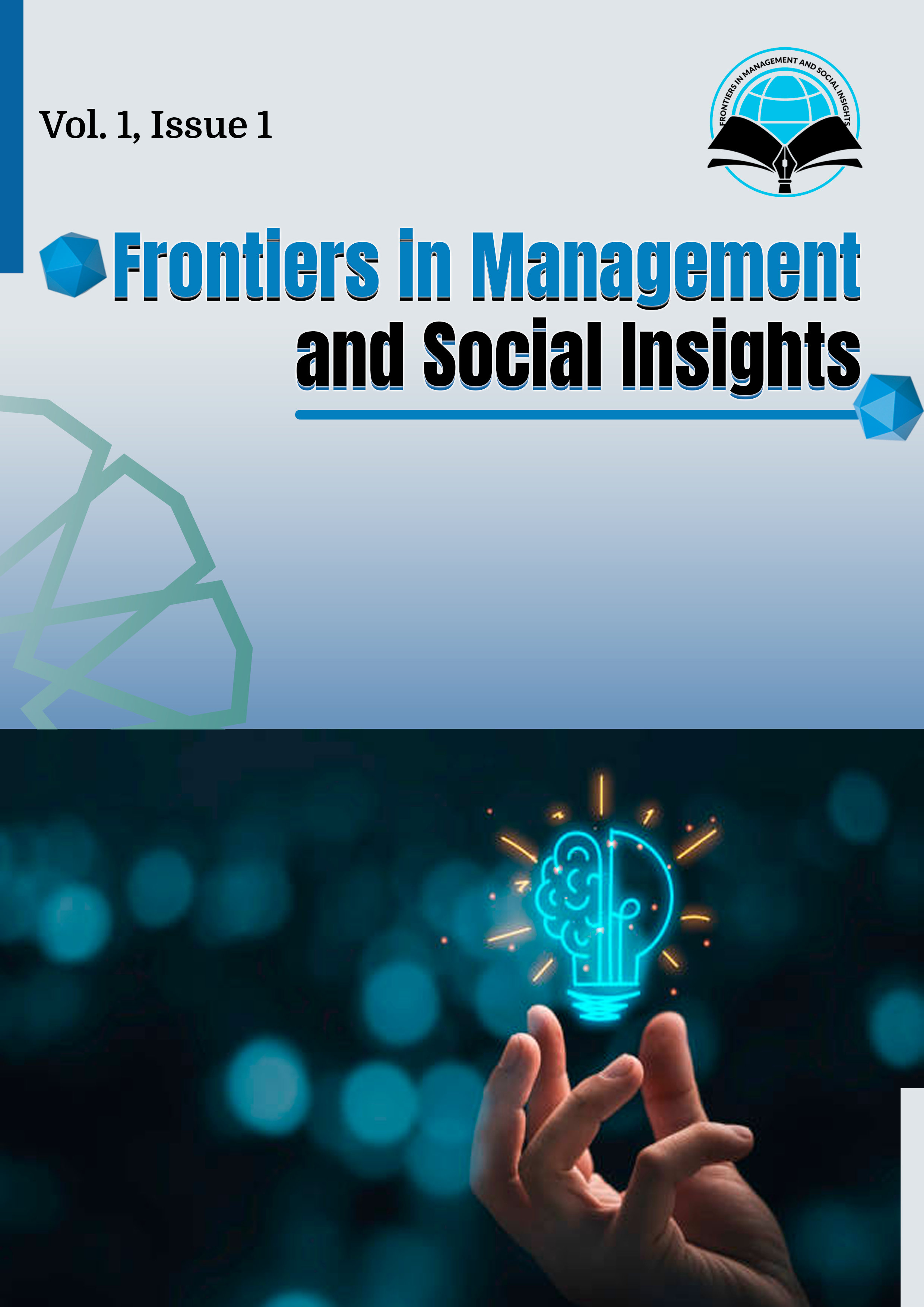Measuring and Managing Employee Burnout in the Post-Pandemic Era Strategies and Effectiveness
Keywords:
Employee burnout, post-pandemic workplace, qualitative secondary analysis, wellbeing strategies, organizational supportAbstract
In the post-pandemic era, the dynamics of the workplace have changed quite drastically leading to more instances of employee burnout in industries. The primary purpose of this study is to investigate the development of burnout through a qualitative secondary analysis and appraise the efficiency of organizational strategies aimed at its management. The research cites themes such as emotional fatigue, lack of managerial support, and blurred work life boundaries from existing literature, case studies, and publicly available reports. The paper additionally accounts for the impact of flexible work arrangements, leadership training, and employee wellbeing programs on burnout outcomes. The research indicates that although organisations have rightfully put a tremendous effort into supporting employee mental health, many interventions fail without cultural alignment and persistent leadership commitment. One of the things that comes out of the study is the need to create psychologically safe supportive environments that employees feel valued and heard. The thesis concludes that effective burnout management entails going past one answer fits all solutions and adopting a considerably more holistic, empathetic, and evidence-based approach. These are insights that give HR professionals, managers, and decision makers some good tips to build or work towards healthier, more resilient, and vigorous workplace in an increasingly volatile world of work.





